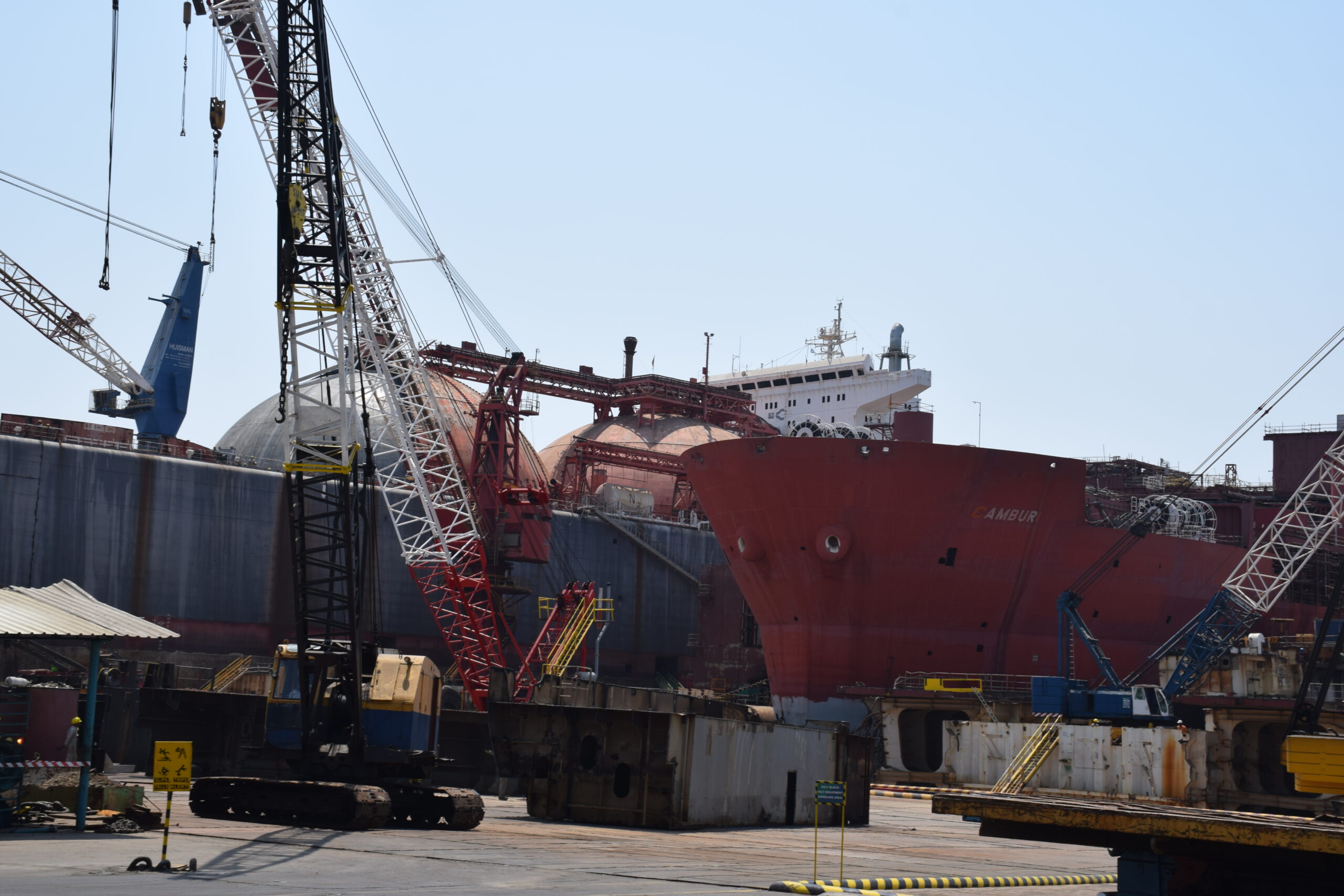Israel Seeks New Trade Route via India to Bypass Red Sea Threats
Israel is taking a detour for its imports! Facing threats from Houthi rebels in the Red Sea, the country is now planning to reroute goods from India through the Mundra Port, then to the UAE, and finally overland across Saudi Arabia and Jordan before reaching their final destination.

This complex journey replaces the usual Red Sea route, deemed risky due to potential attacks by the Houthis. Israeli Transport Minister Miri Regev acknowledges the challenges posed by the ongoing conflict: “War has imposed challenges on us,” she said, “The biggest challenge is how to supply goods to the state of Israel.”
Here’s the breakdown of the new route:
- Goods arrive at Mundra Port, India: This serves as the starting point, where shipments destined for Israel land.
- Sea voyage to the UAE: From India, the goods take a ship to a port in the United Arab Emirates, a country that recently normalized relations with Israel.
- Land journey through Saudi Arabia and Jordan: After reaching the UAE, the goods embark on a land journey, potentially using trucks or trains, to cross Saudi Arabia and Jordan.
- Arrival in Israel: Finally, after navigating this extended path, the goods reach their intended destination in Israel.
This alternative route comes at a cost. While Regev claims it will shorten delivery time by 12 days compared to the Red Sea route, the overland journey likely adds significant expense and logistical complexity. Additionally, the reliance on Saudi Arabia and Jordan for land transit introduces new political considerations.
The situation highlights the wider impact of the ongoing conflict in Yemen. Houthi attacks on shipping vessels in the Red Sea are disrupting trade and raising concerns about regional stability. Israel’s search for alternative routes underscores the economic and political fallout of the war.
It remains to be seen how effective this new trade route will be and whether it can fully address the challenges posed by the Red Sea threats. However, it serves as a reminder of the interconnectedness of global trade and the ripple effects of regional conflicts.
Author: shipping inbox
shipping and maritime related web portal








